#Chrysler Airflow
Explore tagged Tumblr posts
Text
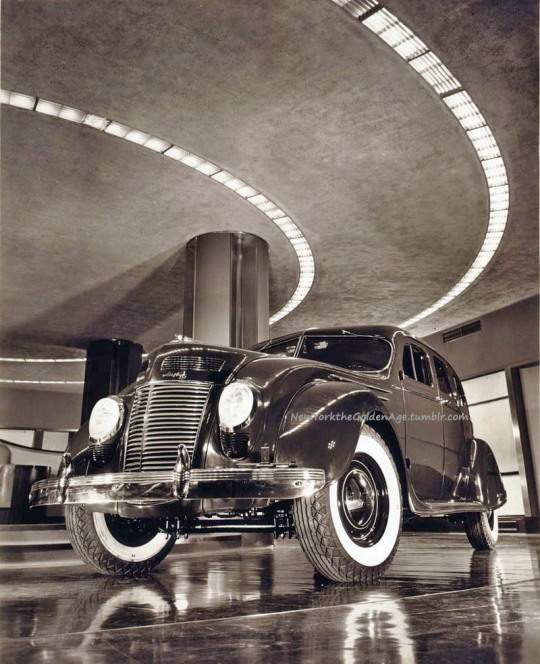
The 1937 Chrysler Airflow four-door sedan on display in the showroom of the Chrysler Building, 1937.
Photo: Fay Sturdevant Lincoln via LoC
#vintage New York#1930s#Chrysler Airflow#Fay Sturdevant Lincoln#vintage car#Chrysler Building#vintage NYC
75 notes
·
View notes
Text

1934 De Soto Airflow coupe. Detail from a brochure image.
22 notes
·
View notes
Text
Why Did the Chrysler Airflow Fail?
Let’s look at some of the reasons behind the failure of Chrysler’s famous Airflow. Radical Design: The Airflow’s design was a departure from the boxy, upright shapes of contemporary cars. Its streamlined, teardrop shape was revolutionary and aerodynamically advanced. However, consumers were accustomed to more traditional designs, and the Airflow’s appearance was seen as odd and unattractive by…
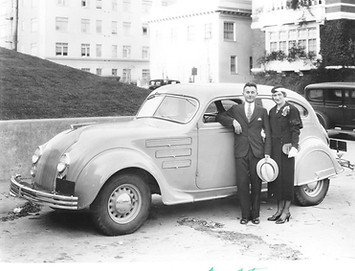
View On WordPress
3 notes
·
View notes
Link
The 2024 Chrysler Airflow is a midsize crossover SUV concept developed by Chrysler. The Chrysler Airflow is named after the original Chrysler Airflow, the first car whose design took into account the importance of aerodynamics.
0 notes
Text



Chrysler has suspended work on their 2026 electric crossover that has been in development since the launch of the Airflow concept (pictured) in 2022. In a communication to suppliers they stated the “C6X (CA) program has been put on hold until further notice. Therefore, any spending associated with this program should be suspended immediately.”
74 notes
·
View notes
Text
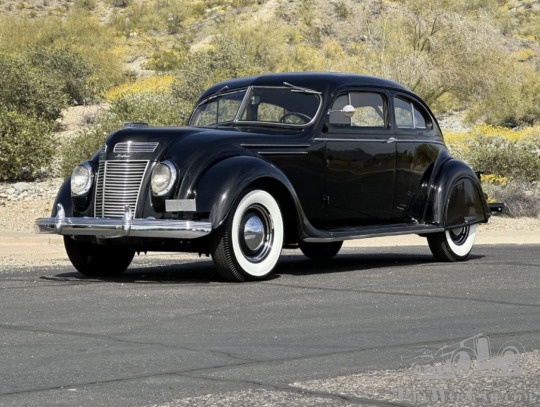
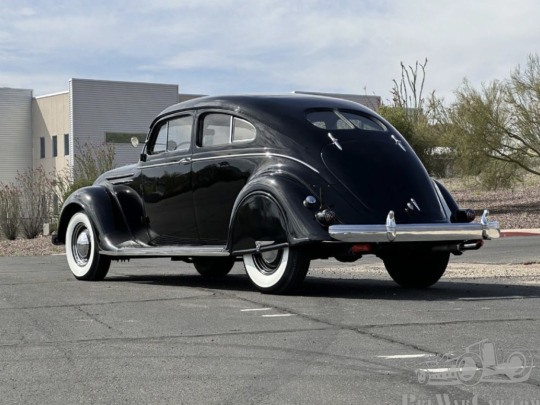
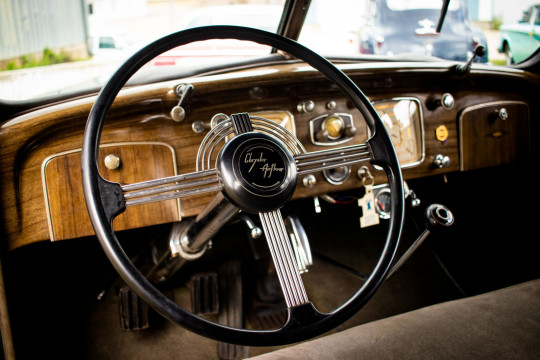
1937 Chrysler Airflow Coupé
My tumblr-blogs:
www.tumblr.com/germancarssince1946 & www.tumblr.com/frenchcarssince1946 & www.tumblr.com/englishcarssince1946 & www.tumblr.com/italiancarssince1946 & www.tumblr.com/japanesecarssince1947 & www.tumblr.com/uscarssince1935
36 notes
·
View notes
Text

0 notes
Video
2025 Chrysler Airflow Concept -Luxury Concept SUV in Details
0 notes
Text




Chrysler Airflow CW 8-Passenger Sedan 1935. - source Cars & Motorbikes Stars of the Golden era.
520 notes
·
View notes
Text

The Chrysler 426 Max Wedge
In the early ‘60s, Chrysler unleashed the 426 Max Wedge, a race-bred powerhouse built to dominate NHRA Super Stock and A/FX classes. With high-flow heads, 11:1+ compression, and a wild cross-ram intake, it cranked out up to 425 hp and turned Mopars like the Dodge 330 and Plymouth Belvedere into quarter-mile monsters. Straight from the factory, these cars were running low 11s, making the Max Wedge a force to be reckoned with.
For those looking to push the limits even further, the Navarro 4 Bonneville intake shown was a rare but effective option. Designed for maximum airflow and fuel distribution, this intake setup optimized performance for high-RPM racing applications, making it a sought-after piece for racers looking to squeeze every ounce of power from their 426 Max Wedge builds.
Two legends of speed—one built for the strip, the other for the salt, both defined by raw horsepower and innovation.
#car#cars#muscle car#american muscle#mopar#moparperformance#moparworld#moparnation#Chrysler 426 Max Wedge#chrysler
151 notes
·
View notes
Text

1936 Chrysler C9 Airflow 8 Coupe
43 notes
·
View notes
Text
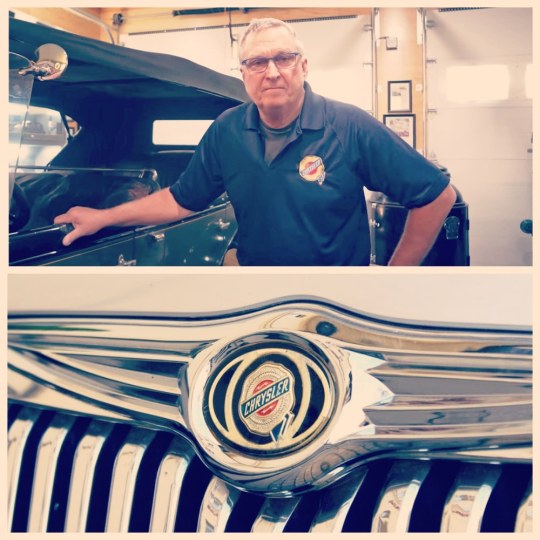
🇺🇸 As we approach Chrysler's 100th anniversary, Frank B. Rhodes Jr., great-grandson of company founder Walter P. Chrysler, is raising concerns about the brand’s future and wants to take action to rescue it. In a recent open letter to “investors and workers,” Rhodes announced his plan to revitalize Chrysler and its related brands—Dodge, Ram, and Jeep—under new ���American” ownership.
🚗 Stellantis, the current parent company of Chrysler, has come under criticism from Rhodes for its management of the brand, which he claims has been severely neglected. The Chrysler brand currently offers only one vehicle, the Pacifica minivan, while several promising concept cars, such as the Chrysler Airflow, were shelved before reaching production. Rhodes highlighted Stellantis’ focus on European brands like Citroën and Peugeot, arguing that Chrysler has been left behind.
💼 Rhodes, who has been a Chrysler ambassador for over 40 years, points to his family’s legacy and his own ownership of the final Chrysler 300C as reasons for his dedication to the brand. He submitted a 17-page proposal to Stellantis executives, inviting them to a confidential discussion on reviving Chrysler. His plan includes giving equity stakes to employees, echoing the worker-centered vision of his great-grandfather, who founded the company on principles of American ingenuity and innovation.
📉 Rhodes also expresses concern about the future of Dodge, which has focused heavily on electric vehicles (EVs) despite its core customer base being more interested in American muscle and performance cars. He argues that Stellantis’ push toward an all-electric lineup by 2028 for Chrysler is out of step with market trends, where hybrids are gaining popularity. The all-electric path, Rhodes warns, could be disastrous for the brand’s future.
🔧 Despite these challenges, Rhodes remains optimistic about the potential to rebuild Chrysler as a symbol of blue-collar luxury and innovation. He is calling for a return to American-designed and built products, and greater autonomy for Chrysler and Dodge within Stellantis. Rhodes’ ultimate goal is to rescue the brand from what he sees as poor management and ensure that Chrysler survives to celebrate its next century.
🚨 As Chrysler fans prepare for the 100th anniversary celebrations next summer, including a large event in Pennsylvania, Rhodes is urging action to prevent the brand from fading into obscurity. Without intervention, he warns, Chrysler’s future looks bleak.
#transatlantic torque#brits and yanks on wheels#companies#technology#brands#engineering#cars#tech#old cars#innovation#business and industry sectors#history#chrysler#dodge#Plymouth#walter chrysler#detroit#michigan#big three#Chrysler Motors#automotive#american auto#automobile#classic cars#car#made in usa#stellantis#fiat chrysler automobiles#american company#american car
13 notes
·
View notes
Text


Chrysler Airflow Coupe
11 notes
·
View notes
Text

The Zora Arkus-Duntov 327 HEMI Prototype: The Corvette Engine That Could Have Been
In the 1960s, Zora Arkus-Duntov, the legendary "Father of the Corvette," envisioned pushing the limits of Chevrolet’s small-block V8 engine. One of his most fascinating experiments was the creation of the 327 HEMI prototype engine—a high-revving powerhouse that showcased his innovative spirit and commitment to performance.
-A Revolutionary Design-
The prototype was based on Chevrolet's already impressive 327 cubic inch small-block V8, but with a twist: hemispherical combustion chambers. Inspired by Chrysler's success with their HEMI engines, Duntov sought to combine the HEMI head’s efficiency and power potential with the compact and lightweight Chevy small-block.
The result was a hybrid of sorts, using aluminum hemispherical heads designed by Duntov himself. This setup promised better airflow and higher compression ratios, which could dramatically increase power output while maintaining reliability.
-Impressive Performance on Paper-
The 327 HEMI prototype was never officially rated, but engineers believed it could produce well over 400 horsepower with the right tuning. This would have made it a serious contender in the high-performance world of the mid-1960s, potentially rivaling engines like Chrysler's 426 HEMI and Ford’s 427 SOHC.
-Why It Didn’t Make Production-
Despite its potential, the 327 HEMI was never mass-produced. The primary reason was cost. The complex hemispherical head design was more expensive to manufacture compared to traditional small-block heads, and Chevrolet wasn’t ready to invest in such an ambitious project at the time. Additionally, General Motors’ corporate policy in the mid-1960s limited engine displacement and horsepower for regular production vehicles, which further constrained the engine’s development.
-A Legacy of Innovation-
Though it never made it to the production line, the 327 HEMI prototype was a testament to Duntov’s unrelenting pursuit of performance. His willingness to push boundaries and experiment with unconventional ideas laid the groundwork for the Corvette’s evolution into a world-class sports car.
-A Rare Piece of History-
Today, the 327 HEMI prototype is a fascinating footnote in Chevrolet and Corvette history. It’s a reminder of a time when engineers like Duntov were given the freedom to dream big and explore the limits of what was possible in American performance engineering.
#ZoraArkusDuntov#327HEMI#CorvetteHistory#ChevySmallBlock#AutomotiveInnovation
The Zora Arkus-Duntov 327 HEMI prototype may have been a "what if," but its story embodies the bold creativity that defined the golden age of American muscle and performance. It’s a piece of automotive history that will always fuel the imagination of car enthusiasts.
3 notes
·
View notes
Text
The Evolution of Automobiles: A Journey Through Time

Introduction
The history of automobiles is a fascinating tale of innovation, determination, and human ingenuity. From the earliest steam-powered contraptions to the sleek electric vehicles of today, cars have shaped our lives, economies, and landscapes. Let’s embark on a journey through time to explore the milestones, inventors, and revolutions that define the world of automobiles.
1. The Pioneers
a. Nicolas-Joseph Cugnot and the Steam Carriage (1769)
In a small workshop in France, Nicolas-Joseph Cugnot built the first self-propelled vehicle. His steam-powered carriage, known as the “Fardier à vapeur,” could carry passengers and cargo. Although slow and cumbersome, it marked the birth of the automobile.
b. Karl Benz and the Benz Patent-Motorwagen (1886)
Fast-forward to the late 19th century. Karl Benz, a German engineer, unveiled the Benz Patent-Motorwagen. It was the first true automobile powered by an internal combustion engine running on gasoline. With three wheels, a single-cylinder engine, and a top speed of 16 km/h (10 mph), the Motorwagen revolutionized transportation.
2. The Model T Era
a. Henry Ford and the Model T (1908)
Henry Ford’s vision was to make cars accessible to everyone. In 1908, he introduced the Model T, an affordable, mass-produced vehicle. The assembly line revolutionized manufacturing, and soon, millions of Model Ts rolled off the production line. The car became a symbol of progress and freedom.
3. The Roaring Twenties and Streamlined Designs
a. Art Deco and Streamlining
The 1920s witnessed a shift in car design. Art Deco influences brought elegance and symmetry to automobile aesthetics. Streamlining, inspired by aviation, emphasized sleek curves and aerodynamic shapes. Cars like the Chrysler Airflow and the Bugatti Type 57 exemplified this trend.
4. Post-War Boom and Muscle Cars
a. Post-World War II Boom
After World War II, car production soared. Families embraced sedans like the Chevrolet Bel Air and the Ford Fairlane. The 1950s saw tailfins, chrome, and optimism. Drive-in theaters and roadside diners became part of the American dream.
b. Muscle Cars and Horsepower Wars
The 1960s brought muscle cars—powerful, V8-engine beasts. The Ford Mustang, Chevrolet Camaro, and Dodge Charger ruled the streets. The horsepower wars escalated, and drag racing became a cultural phenomenon.
5. Environmental Concerns and Innovations
a. Oil Crisis and Compact Cars
The 1970s oil crisis shifted priorities. Compact cars like the Volkswagen Beetle and Toyota Corolla gained popularity. Fuel efficiency and emissions control became critical.
b. Hybrid and Electric Cars
In the 21st century, environmental awareness led to hybrid and electric vehicles. The Toyota Prius pioneered hybrid technology, while Tesla’s electric cars redefined performance and sustainability.
6. The Road Ahead: Autonomous Vehicles and Beyond
a. Autonomous Driving
Self-driving cars are no longer science fiction. Companies like Waymo and Tesla are pushing the boundaries of autonomy. The future promises safer roads and shared mobility.
b. Sustainability and Beyond
As we move forward, sustainability remains paramount. Hydrogen fuel cells, solar-powered cars, and urban mobility solutions will shape the next chapters in automotive history.
Conclusion
From steam carriages to electric supercars, the automobile’s evolution mirrors our progress as a society. Each turn of the wheel brings new challenges, innovations, and dreams. So, fasten your seatbelt—we’re still on an exhilarating ride
3 notes
·
View notes
